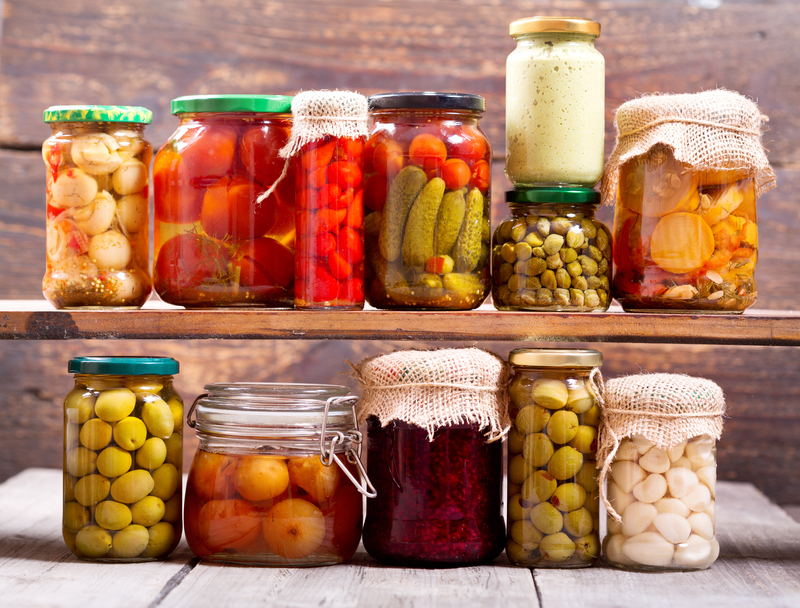In recent years, there has been a significant shift towards sustainability, with more individuals and businesses transitioning to reusable items. The environmental impact of single-use products has become undeniable, prompting a much-needed change in consumption habits. This guide aims to provide insights, tips, and practical advice on how to transition to reusable items effectively.
Why Transition to Reusable Items?
The primary reason for transitioning to reusable items is the environmental impact. Single-use plastics and disposables contribute significantly to pollution, damaging ecosystems, marine life, and even human health. By switching to reusable items, you reduce waste, conserve natural resources, and promote sustainability for future generations.

Getting Started with Reusable Items
Making the switch to reusable items can seem daunting, but it doesn't have to be. Start small and gradually replace single-use products with their reusable counterparts. Here are some common items you can begin with:
- Reusable bags: Swap plastic bags with reusable cloth or mesh bags for grocery shopping.
- Water bottles: Use stainless steel or glass bottles instead of disposable plastic ones.
- Food containers: Invest in reusable containers made of glass or stainless steel for meal storage.
- Straws: Opt for metal, bamboo, or silicone straws instead of plastic ones.
- Cutlery: Carry a set of reusable utensils instead of relying on disposable plastic cutlery.
Finding Quality Reusable Products
When purchasing reusable items, quality is crucial. Look for products that are durable, easy to clean, and made from sustainable materials. Reading reviews, checking certifications, and investing in trusted brands can ensure you get the best value for your money.
Integrating Reusable Items into Your Daily Routine
Consistency is key when making the switch to reusable items. Here are some tips to help you integrate them seamlessly into your daily routine:
- Keep reusable bags in your car: This ensures you always have them handy for shopping trips.
- Set reminders: Use phone reminders or sticky notes to remember your reusable coffee cups or water bottles.
- Create a dedicated space: Have a designated spot in your home for all reusable items to keep them organized.
- Educate and involve others: Encourage family and friends to adopt reusable items by sharing your experiences and tips.
Pros and Cons of Reusable Items
While transitioning to reusable items has numerous benefits, it's essential to consider both the pros and cons.
Pros:
- Reduces waste and pollution
- Conserves natural resources
- Cost-effective in the long run
- Promotes a sustainable lifestyle
- Often more durable and reliable
Cons:
- Initial cost can be higher
- Requires conscious effort and habit changes
- Cleaning and maintenance can be time-consuming
Tips for a Smooth Transition
- Start with one category at a time to avoid feeling overwhelmed.
- Educate yourself about the environmental impact of single-use items to stay motivated.
- Join online communities or local groups focused on sustainability for support and inspiration.
- Keep track of your progress and celebrate small victories to stay motivated.
- Be patient and persistent; forming new habits takes time.

Takeaways
- Transitioning to reusable items is crucial for reducing environmental impact.
- Starting small, investing in quality products, and integrating them into your daily routine can make the switch manageable.
- Weighing the pros and cons helps in making informed decisions.
- Practical tips and support systems can facilitate a smooth transition.
Conclusion
Transitioning to reusable items is an impactful step towards a more sustainable lifestyle. While the initial phase may require effort and investment, the long-term benefits far outweigh the challenges. By adopting reusable items, you contribute to a healthier planet, promote a culture of sustainability, and pave the way for a greener future.
